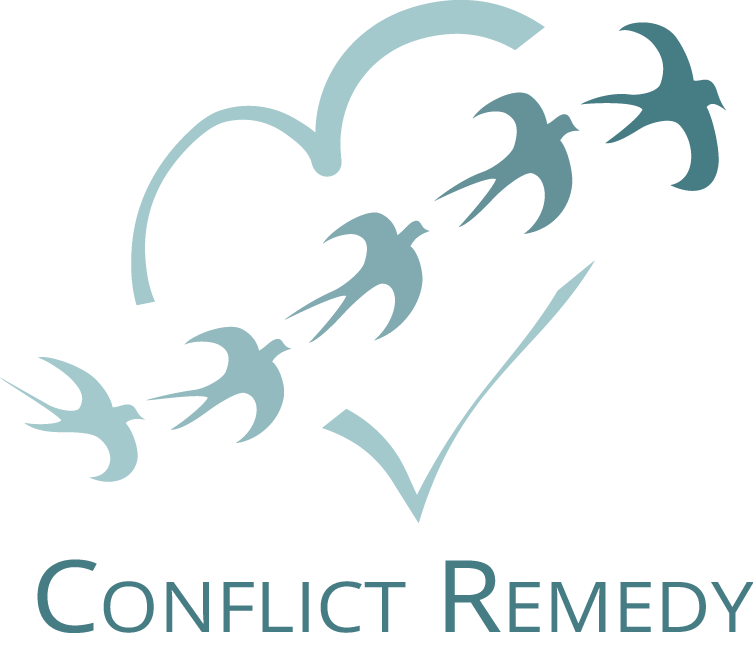Whether the bully is your boss or another employee, setting boundaries can be challenging. But deference to a supervisor or professional respect for a colleague, are different from accepting persistent unprofessional, disrespectful, or abusive behavior that impinges on your personal space and your well-being.
Why is it so difficult to set boundaries?
One block to setting boundaries that I’ve experienced myself, and have seen with a number of clients, is what I call “nice girl” socialization. For many women and some men, our tendency is to want to fix things, to smooth issues over, to be nice and polite, to ignore a problem and hope it will go away without our having to take action. But this socialization, which can be an asset in collaboration or working through differences, can also embolden the bully to continue and escalate inappropriate behavior.
No Yelling
One client I coached, whom I’ll call Megan*, was a valued web designer at a small marketing firm. She had been embroiled for months in conflict with the owner/CEO of the company. Although there were multiple issues, an important aspect for Megan was that the CEO had repeatedly yelled at her. She thought the professional thing to do was to “just take it” and not respond when he yelled, but this left her filled with resentment and rage, which leaked out during their interactions. She didn’t realize that she had the right to set a boundary.
How can you set the boundary? Change your thinking AND behavior.
There is always inner and outer work to successful boundary setting. First, I told Megan clearly and emphatically that her boss had no right to yell at her and she had the right and responsibility as a person and a professional to stop him. And, that I would support her and guide her to do so if she was willing. This came as a tremendous relief to her. Just knowing she had a different option helped her feel less powerless and trapped.
Stop them with word and gesture.
Then, I taught her a simple technique to set limits with a bully who yells: Take a breath and hold up your hand in a stop gesture. And then say calmly and firmly something like, “I want to hear what you have to say, but I can’t listen when you’re yelling. Please lower your voice.”
Walk away.
If they continue yelling, say something like “ I’m happy to talk about this later when we can discuss it calmly. Thank you.” And then, walk away. Repeat as needed, but don’t engage. The exact words can vary, and I work with the client to help them find the language that feels best to them.
Rehearsal helps.
Once we’ve agreed on the language, I have my clients practice repeatedly, with me and in visualization. This technique is polite yet effective., I have had a number of clients use it successfully. Interestingly, when clients set this new intention, sometimes that alone shifts the dynamic with the bully and they don’t actually have to do it! But if they need it, they have a powerful, simple tool available for certain kinds of bullying scenarios.
* All details changed to protect client confidentiality,
Photo by Kai Pilger on Unsplash
 About Lorraine Segal: As a teacher, trainer, consultant and coach, I am passionately committed to helping people in organizations and companies learn skills to release conflicts and misunderstandings, communicate better, heal from bullying, and create a more harmonious and productive workplace. I teach communication, bullying awareness, and conflict management skills at Sonoma State University and online, and create customized programs for businesses and non profits as well as working with individual managers and employees. For more information about how we might work together, or to request a free short consult or a full session, visit ConflictRemedy.com
About Lorraine Segal: As a teacher, trainer, consultant and coach, I am passionately committed to helping people in organizations and companies learn skills to release conflicts and misunderstandings, communicate better, heal from bullying, and create a more harmonious and productive workplace. I teach communication, bullying awareness, and conflict management skills at Sonoma State University and online, and create customized programs for businesses and non profits as well as working with individual managers and employees. For more information about how we might work together, or to request a free short consult or a full session, visit ConflictRemedy.com


How would you recommend stopping a landlord in this case my landlord’ son from bullying me. Whenever he comes to my house he says disparaging things about my house and me and it’s very upsetting to me. I don’t feel that I can say anything to him because I want to continue living here and I have an extremely reasonable rent. I have a very good relationship with my landlady and landlord but their adult son is very erratic and he’s the person who comes to the house to make repairs.
Dear Susan,
That situation is so difficult! The best way I know to deal with someone like that who you can’t remove from your life is detaching and not engaging. I encourage you to read my posts on Inner Tools to Deal with Bullying Part 1 and 2 which offer some suggestions.